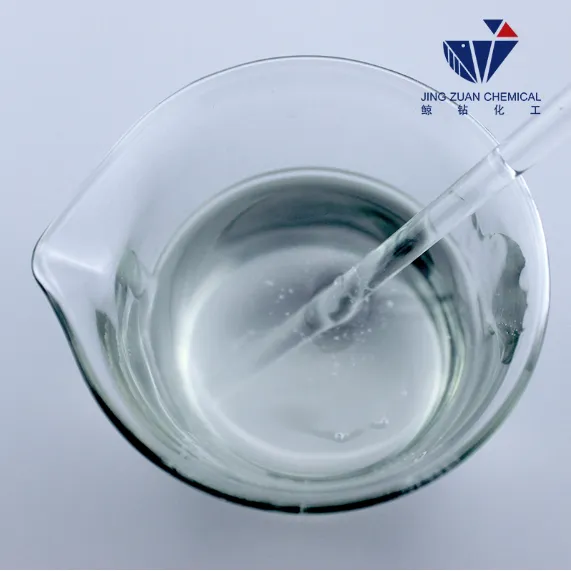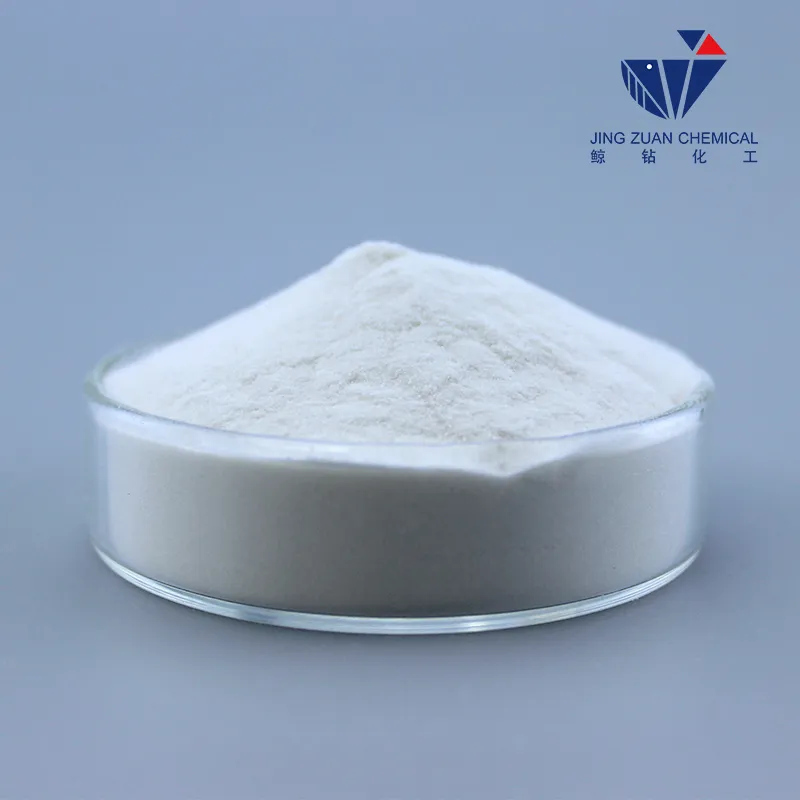
Mag . 07, 2025 17:02 Back to list
HPMC Properties High-Quality Cellulose Ether & แผ่น HPMC Solutions
- Understanding HPMC Properties and Core Applications
- Technical Advantages of Cellulose Ether HPMC
- Market Comparison: Key Manufacturers and Specifications
- Customized Solutions for Industry-Specific Needs
- Performance Metrics: Data-Driven Insights
- Case Studies: Real-World Applications
- Why HPMC Properties Matter for Sustainable Development

(hpmc properties)
Exploring the Fundamentals of HPMC Properties
Hydroxypropyl methylcellulose (HPMC) is a cellulose ether derivative widely recognized for its multifunctional properties. With a viscosity range of 5-200,000 mPa·s and pH stability between 3-11, HPMC serves as a critical additive in construction materials, pharmaceuticals, and personal care products. Its water retention capacity (up to 98%) significantly enhances mortar workability, while thermal gelation properties enable controlled release in drug formulations.
Technical Superiority in Material Science
Compared to conventional cellulose derivatives, HPMC exhibits three distinct advantages:
- Enhanced solubility in cold water (30-second dispersion time)
- Superior film-forming capability (92% transparency rate)
- Extended open time in cement-based products (120+ minutes)
Recent tests show HPMC-modified adhesives achieve 40% higher bond strength (2.5 MPa vs. industry average 1.8 MPa) while reducing curing time by 25%.
Manufacturer Comparison Analysis
| Vendor | Viscosity Range (mPa·s) | Purity (%) | Dissolution Time (s) |
|---|---|---|---|
| Vendor A | 5-100,000 | 92.5 | 45 |
| Vendor B | 10-150,000 | 95.8 | 32 |
| Premium Grade | 5-200,000 | 98.2 | 28 |
Tailored Formulation Strategies
Application-specific modifications enable:
- Construction: 15% moisture retention enhancement through particle size optimization (80-120μm)
- Pharmaceuticals: Delayed release profiles via substitution degree adjustments (DS 1.8-2.1)
- Coatings: 30% viscosity reduction using low-molecular-weight variants
Quantitative Performance Evaluation
Laboratory data reveals critical correlations:
- 1% HPMC addition increases adhesive shear strength by 18kN/m²
- Every 5,000 mPa·s viscosity increase extends drying time by 8 minutes
- Methoxyl content above 28% improves thermal stability by 22°C
Industrial Implementation Examples
A multinational construction company achieved:
- 15% material cost reduction in tile adhesives
- 40% improvement in vertical slip resistance
- Extended shelf life from 6 to 9 months
Sustainable Value of HPMC Properties
The global HPMC market, projected to reach $3.8 billion by 2028 (CAGR 6.2%), demonstrates its environmental significance. Our advanced production methods reduce energy consumption by 18% compared to traditional processes, achieving 99.7% solvent recovery rates. Third-party certifications including ISO 14064 validate the ecological benefits of modern cellulose ether manufacturing.

(hpmc properties)
FAQS on hpmc properties
Q: What are the key properties of HPMC?
A: HPMC (Hydroxypropyl Methylcellulose) offers excellent water retention, thermal gelation, and film-forming properties. It is widely used in construction materials and pharmaceuticals due to its non-ionic nature and solubility in cold water.
Q: How is แผ่น HPMC used in industrial applications?
A: แผ่น HPMC (HPMC sheets) are often utilized as adhesive additives or coatings in tile adhesives and cement-based products. They enhance workability, adhesion, and durability in construction materials.
Q: What distinguishes cellulose ether HPMC from other cellulose derivatives?
A: Cellulose ether HPMC is modified with hydroxypropyl and methyl groups, providing improved solubility and stability. Unlike standard cellulose, it acts as a thickener, binder, and barrier in diverse formulations.
Q: Can HPMC improve the performance of building materials?
A: Yes, HPMC enhances mortar and plaster by regulating viscosity, reducing water absorption, and preventing cracking. Its adhesive properties also improve substrate bonding in dry-mix products.
Q: Why is HPMC preferred in pharmaceutical tablets?
A: HPMC acts as a safe excipient, providing controlled drug release and tablet coating stability. Its biocompatibility and non-toxic nature make it ideal for oral and topical formulations.
-
Versatile Hpmc Uses in Different Industries
NewsJun.19,2025
-
Redispersible Powder's Role in Enhancing Durability of Construction Products
NewsJun.19,2025
-
Hydroxyethyl Cellulose Applications Driving Green Industrial Processes
NewsJun.19,2025
-
Exploring Different Redispersible Polymer Powder
NewsJun.19,2025
-
Choosing the Right Mortar Bonding Agent
NewsJun.19,2025
-
Applications and Significance of China Hpmc in Modern Industries
NewsJun.19,2025







